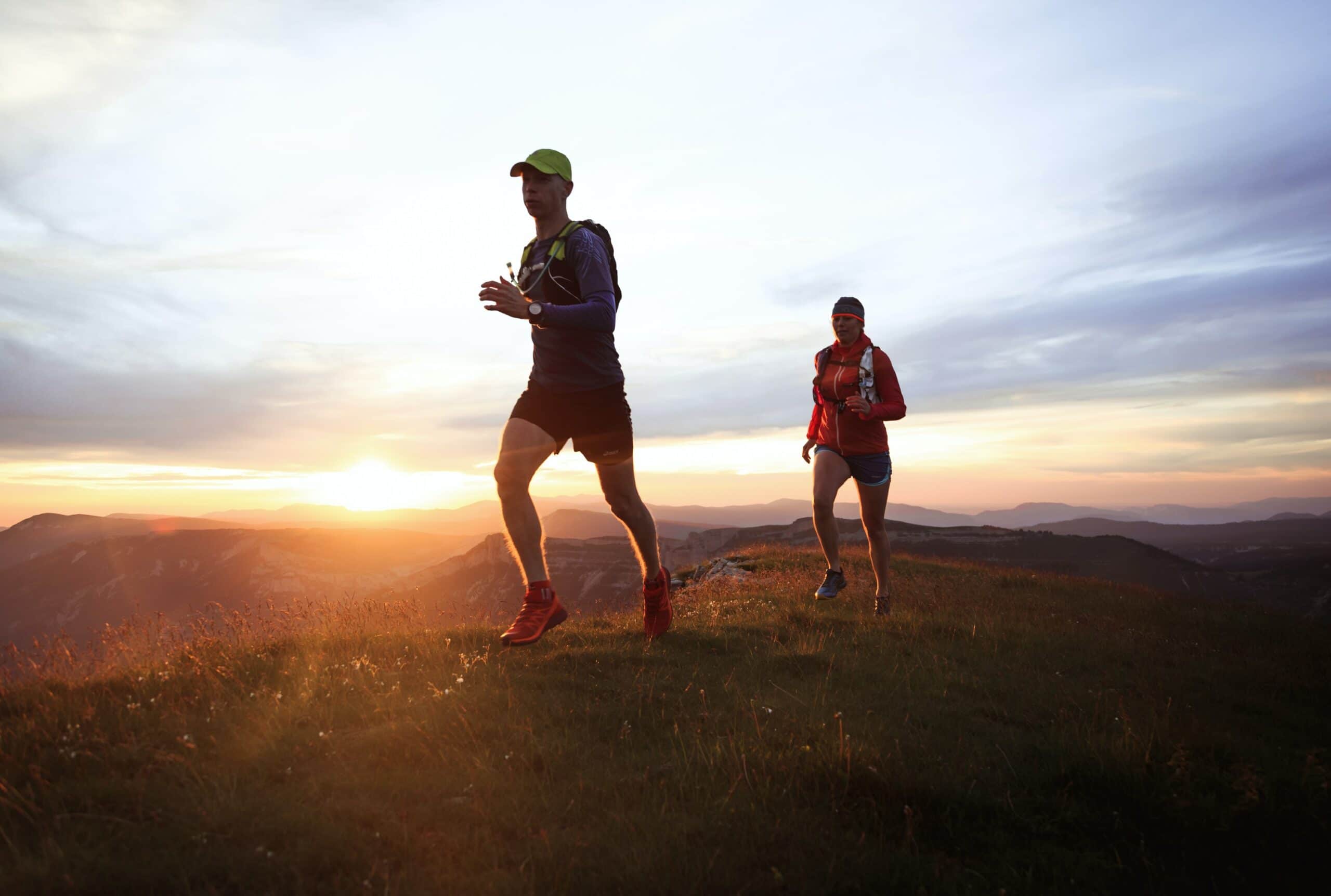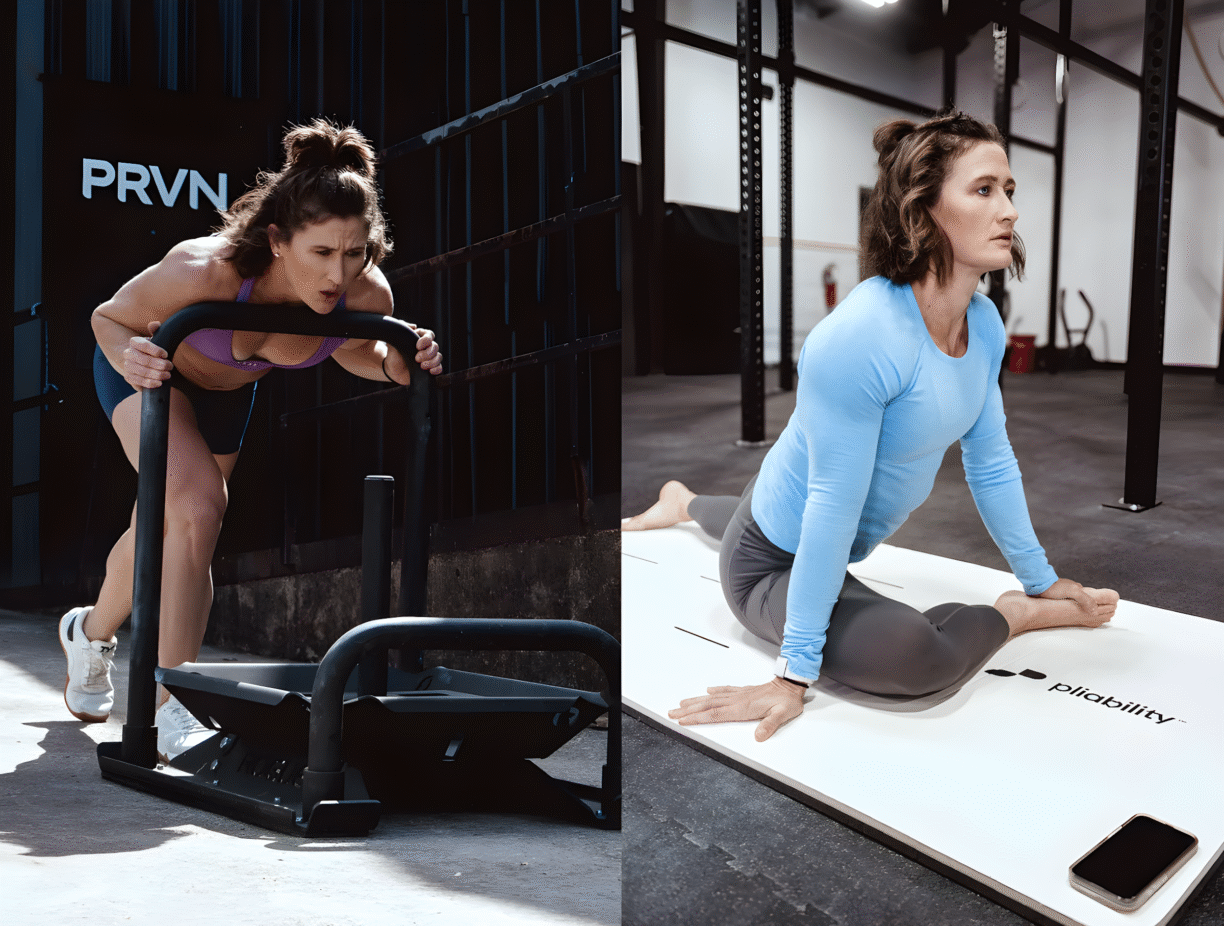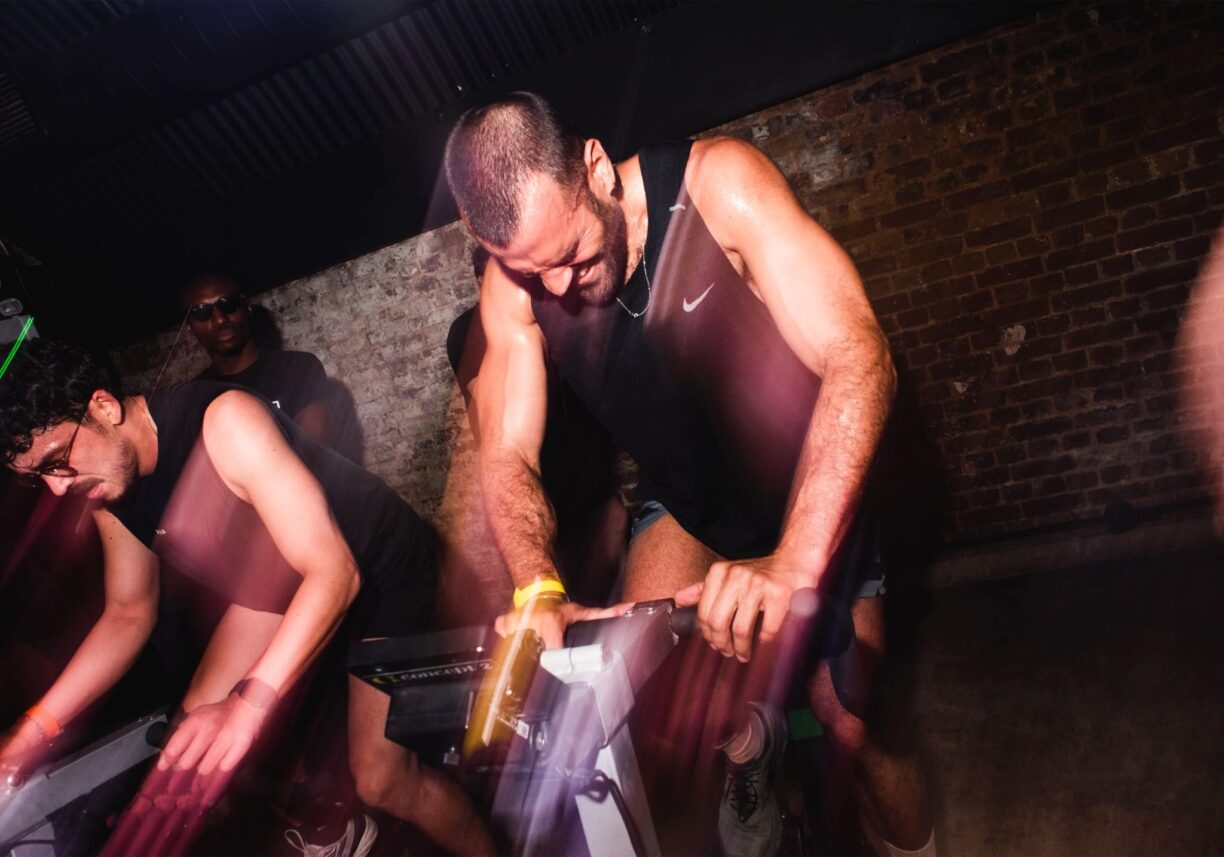If pursuing fitness goals, and eating more plant-based, are both high on your agenda, you might be wondering how well the two fit together.
Veganism among athletes has been a hot topic lately. Last year’s Netflix documentary, The Game Changers, saw Arnold Schwarzenegger, Jackie Chan, Lewis Hamilton and nutritional scientists tackle ‘misconceptions’ around meat-heavy diets being essential for strength and performance.
Various sports stars have also highlighted their own plant-based (or low-meat and dairy, as the case may be) regimes. Tennis ace Venus Williams switched to a raw vegan diet for health reasons – although she’s since said she now includes occasional animal products alongside being largely veggie. Footballer Jermain Defoe is “virtually vegan”, while a number of elite endurance athletes follow plant-based plans.

With pressure to reduce animal-product consumption greater than ever too, where does this sit with our fitness efforts?
Busting the meat myth
It’s easy to see how iron and protein-rich meaty diets became synonymous with athletic prowess, but we haven’t always been such committed carnivores.
“If we look back in history, we can see certain athletic groups have had, if not plant-based, then very low animal product diets,” says performance nutritionist Nigel Mitchell, author of new book The Plant-Based Cyclist (£14.99), who works with leading supplement brand Healthspan, which has an Elite Nutrition range targeting fitness fans (healthspan.co.uk).
“It’s suggested the diets of gladiators were predominantly plant-based, [focused] around grains such as spelt and barley. The traditional food of sumo wrestlers is based around a vegetable stew called chanko-nabe; this would contain tofu and may have some seafood as well.
“I think the main issue has been cultural and commercial,” Mitchell adds. “Culturally, we have associated meat with athletic performance, and from a commercial point of view there has been more money to be made by encouraging animal products.”
And commercial interest often leads to biases in research too. Mitchell says the “vast majority of research” has been “geared for animal products which can then be commercialised”. That’s changing now, as trends shift. “Over the next few years, we will see more research coming out looking at meat-free diets and sport,” he adds.
Get the basics right first

So, how does this apply to amateur athletes and fitness fans? First, before you even start thinking about anything else, it’s important to look at your overall nutrition. A lot of the time, if you’re struggling with energy dips during or after workouts, this says more about your diet in general, rather than whether you’re packing in enough recovery shakes and protein bars.
“All too often, people will just cut out animal foods without thinking about replacing with plant-based alternatives. On a macronutrient level, the main thing is protein and also omega fats. These can be supplied from plants but needs thinking about,” says Mitchell.
And when done well, plant-based diets are increasingly associated with a host of health benefits, as NHS registered nutritionist James Collier – co-founder of Huel, a ‘complete nutrition brand’, which focuses on 100% vegan, sustainably and ethically-sourced products (uk.huel.com) – points out.
“The number one point is planning: you’ll need to plan ahead in terms of shopping and food prep,” Collier advises. “Choose a varied range of foods, including a variety of fruit, vegetables, grains, pulses, nuts and seeds. This is vital to ensure a good intake of all amino acids, essential fatty acids, fibres, vitamins, minerals and phytonutrients.”
‘Food first’ approach
Collier and Mitchel both agree we should aim for a “food first approach”. Mitchell suggests focusing on high-quality ingredients where possible and cooking from scratch, as this is often more nutritious (not to mention less added salt, sugar and sweeteners) than relying too much on pre-prepared processed products. And while protein may be the main fitness nutrition buzzword, be careful about those carb-bashing fads.
“Ensure [you get] enough carbohydrate for the exercise and for recovery, this is to feed the brain and muscle,” says Mitchell. “And keep the body well hydrated.”
Collier adds: “Fats are often overlooked in fitness: it’s imperative to ensure a good intake of omega-3s, omega-6s and monounsaturates daily. Omega-6s and monounsaturates are relatively easy to obtain if you’re consuming oils, nuts and seeds. However, for adequate omega-3 intake, you’ll need to include flaxseeds, chia or hemp seeds or algae foods.
“As may plant proteins aren’t complete proteins, you’ll need to combine protein sources to ensure adequate intake of all essential amino acids. For example, consume beans or lentils with rice,” he continues. “Base meals around slow-release carbs like granary bread, sweet potato, new potatoes, oats, basmati rice or wholewheat pasta.”
What about shakes and supplements?
Supplements can be important for plant-based eaters. “Some important nutrients you’ll need to watch out for include vitamin B12, vitamin D and choline (vitamin B4). Vegans should definitely consume B12-fortified foods or have a daily supplement. Choline is rich in some seeds and grains, like oats and flaxseed, but if you don’t consume enough of these, then again a supplement may need to be considered,” says Collier.

Mitchell, who works with the supplement brand Healthspan, also says supplements can be useful – either to support people while they make the transition, or in the long-term. As to whether you ‘need’ that fitness shake, “this is a simple question” with a “complex answer”, says Mitchell.
“This depends on a lot of variables, such as what do we mean as recovery? For me, this is about the athlete being able to perform again when they need to, so we can consider recovery from a metabolic and physiological perspective. A shake can be a simple and convenient way of providing some protein and carbohydrates – as a rule of thumb, we tend to suggest something that is supplying about 20g of protein and about 1g of carbohydrate per kg of body weight.
“However, this can be provided by food,” he adds. “Once the shake or food is broken down to the base nutrients, they will be doing the same job in the body. For people following a plant-based diet, this could be a pint of soya milk and a large banana, or it could be plant-based protein in a shake. The main pitfall to look for is going too long without taking nutrition after hard training. This will delay recovery and can cause people to feel really hungry and binge-eat later.”
It’s about listening to your own body and looking at your individual needs, rather than blindly following trends or buying whatever Instagram tells you to.
And shakes are not all the same. “It depends on the shake and the purpose,” says Collier. “Protein shakes, for instance, aren’t vital, but they can be extremely useful, especially in a plant-based diet. Other shakes are designed to replenish carbs and electrolytes which, in some circumstances, can be useful. Alternatively, products like our recently launched Huel Black Edition [may be] useful as they provide a complete meal in a shake.”
Final word of advice? “Enjoy your food,” says Mitchell, “and don’t over-complicate things.”





